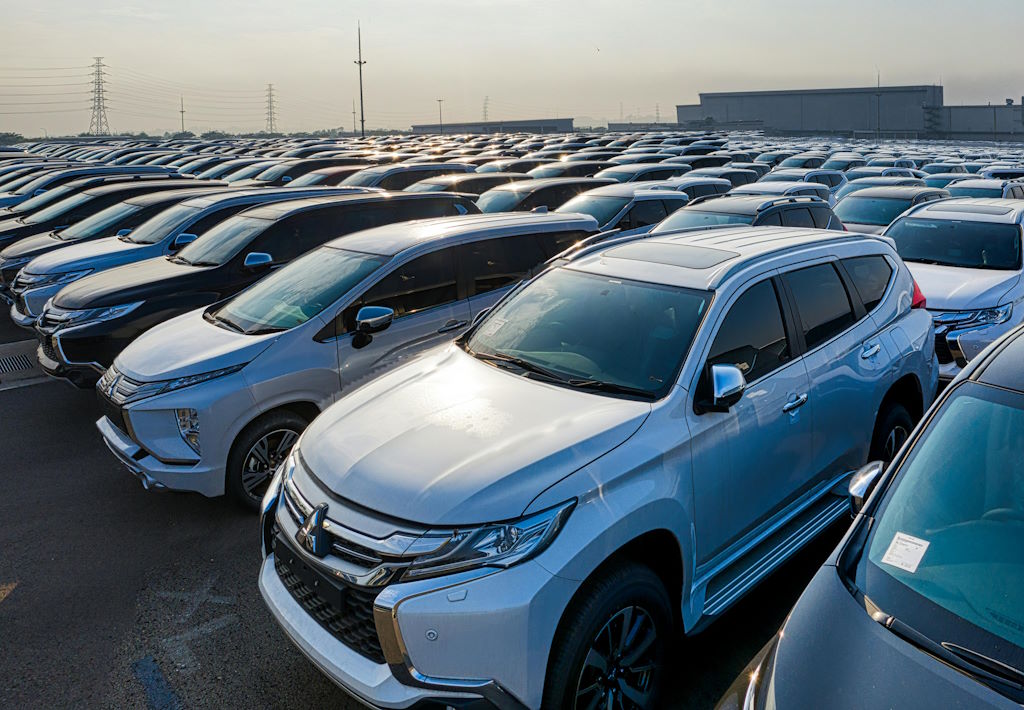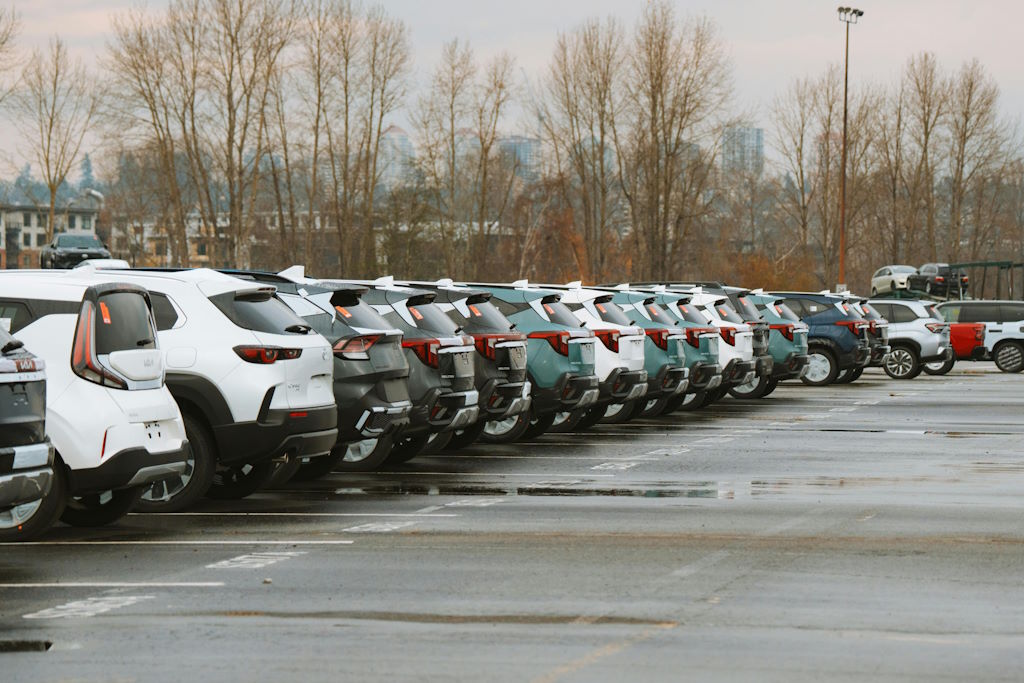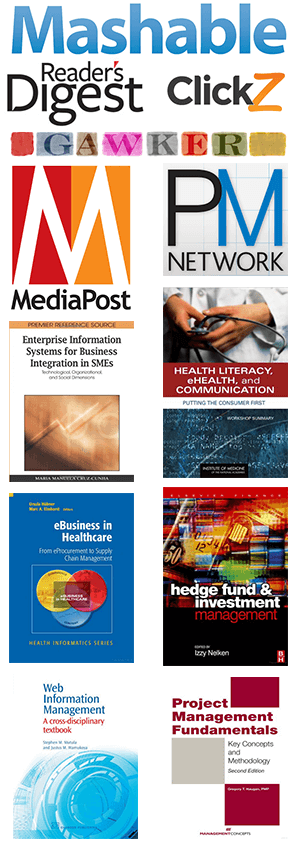What to Consider When Renting a Vehicle
Airport car parks tell a story every weekend, rows of vehicles turning over within hours. People collect keys, glance at contracts, and rush toward the exit lanes. Small choices at pickup often shape costs, comfort, and peace of mind for the whole trip.
If you want a car for rent in Australia, a few early checks go a long way. Read quotes closely, then compare what is included, and what is not included. Think about mileage, one way fees, and late returns. Decide what matters before the counter line begins to move.
 Photo by Tom Fisk
Photo by Tom FiskCheck Licence, Age, and Pickup Rules
Rental desks need to see a valid licence with clear text and dates. Some locations ask for an English translation or international permit. Age limits can affect price and vehicle categories. Bring the card you booked with, and a backup form of identification.
Many renters forget pickup and return hours can shift fees. After hours pickup often requires a lockbox or shuttle desk. Ask where the car will be parked, and where you should return it later. Take a timestamped photo of the odometer and fuel gauge before leaving.
A quick checklist helps during pickup when lines feel long and noisy.
- Confirm licence, payment card, and booking number.
- Photograph every side, wheels, and windscreen.
- Record mileage and fuel level, then email the photos to yourself.
Compare Pricing Beyond the Daily Rate
A low daily price can rise once you add fees. The total often changes with airport charges, one way drop fees, and premium location surcharges. Unlimited mileage is common, though regional caps still appear in some places. Read the list of inclusions before you accept the keys.
Ask how the company handles toll roads along your route. Some firms add a daily toll administration fee when the tag activates. Others let you use your own pass, which can be cheaper on longer trips. Clarify the rules before your first toll point.
If you plan to drive in countries that require it, learn how international permits work and where they apply. Government guidance explains who needs one, how to apply, and how long it remains valid.
A clear overview prevents surprises at the desk or roadside checks. See the overview for international driving permits from a government source for current rules at a .gov resource like the United States government portal.
Insurance, Waivers, and What You Actually Pay For
Insurance terms can be confusing when you are tired after a flight. Collision damage waivers reduce your share of repair costs, yet may still leave an excess. Liability cover protects others, so check those limits carefully. Glass, tyre, and roadside support can be separate extras.
Ask how claims are handled and where repairs take place. Some policies refund after an assessment, which means you pay first and claim later. Others charge a smaller bond, then bill only when damage is confirmed. Choose what matches your budget and risk tolerance.
Read the exclusions before signing the contract at the counter. Many agreements exclude water crossings, unsealed roads, and remote areas. Towing and recovery from prohibited zones can be very expensive. Get a copy of the full terms by email before you leave the lot.
Fit for Purpose: Size, Range, and Useful Features
Pick a vehicle class that matches your route and passengers. A compact works for light bags and city streets. A medium SUV gives better ride height and space for families. Check the boot with your suitcases visible before accepting the car.
Range matters on regional drives with long distances between towns. Ask about tank size and average consumption in highway conditions. If charging an electric model, confirm nearby chargers along your route and at your accommodation. Plan for time buffers on days with longer legs.
Features can reduce stress, especially in unfamiliar cities. Apple CarPlay or Android Auto helps with maps and safer calls. A reversing camera and front sensors help when car parks feel tight. Cruise control and lane features reduce fatigue on long highway segments.
Fuel, Tolls, and Returning the Car Without Surprises
Return fuel rules can change the final bill by a lot. Prepaid fuel works when you know you will return empty after a long drive. Pay on return often costs more per litre than local stations. Refuel near the branch and keep the receipt in your glove box.
Child seats must meet local safety rules, and placement matters by age and size. If you bring your own seat, check the anchorage system before your first trip.
State road authorities publish current guidance on restraint types and fitting. See a clear outline of child passenger safety from the United States road safety agency.
Toll charges and infringement notices can arrive weeks later. Ask how the company handles unpaid notices and admin fees. Many firms pass on the issued amount plus a processing fee. Register your trip on the local toll site if that option exists.
 Photo by Luke Miller
Photo by Luke MillerSimple Ways to Keep Trips On Track
A little housekeeping prevents arguments at return time. Keep a zipped pouch in the door pocket with fuel and parking receipts. Photograph the dashboard when you finish each day, especially before handover. Clean out rubbish so staff can inspect the cabin quickly.
Use the same approach for damage checks at both ends of the rental. Walk around the car with the agent if possible. If not, film a slow lap that shows panels and wheels with the number plate visible. Email the clip to yourself so it stays time stamped.
If plans change during the trip, call the branch early. Extending a booking is usually cheaper than returning late without notice. If you need a different vehicle, ask about transfers within the network. A little notice gives staff time to help within standard rules.
Rent with a clear plan and a few habits that prevent surprise costs. Confirm licence and payment basics, then compare what the rate includes. Pick the right vehicle for people, luggage, and distance. Read the terms, take dated photos, and keep simple records. Small steps at pickup and return protect your time, money, and patience.
839GYLCCC1992



Leave a Reply